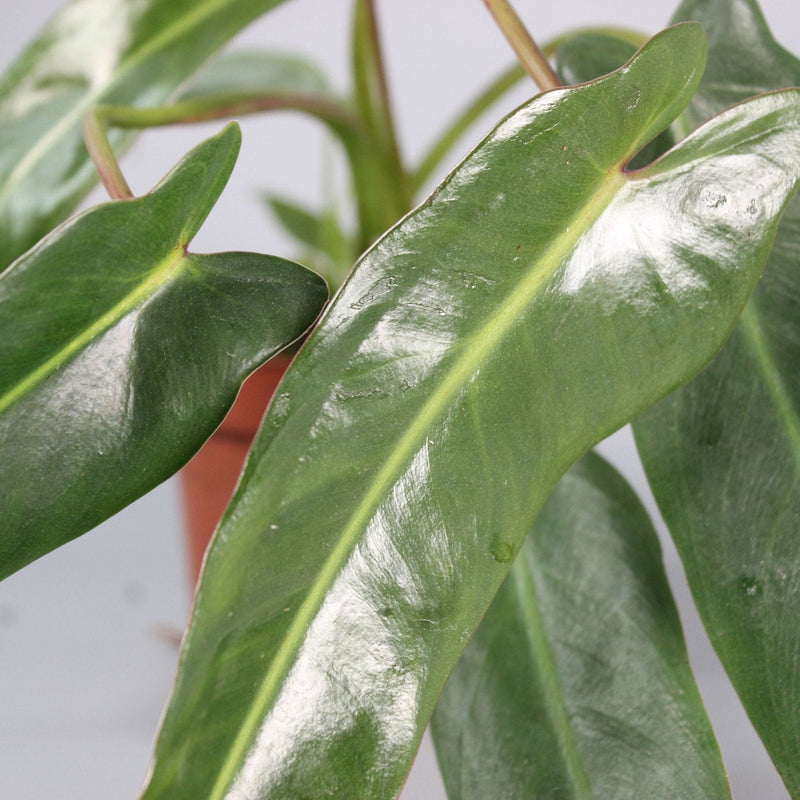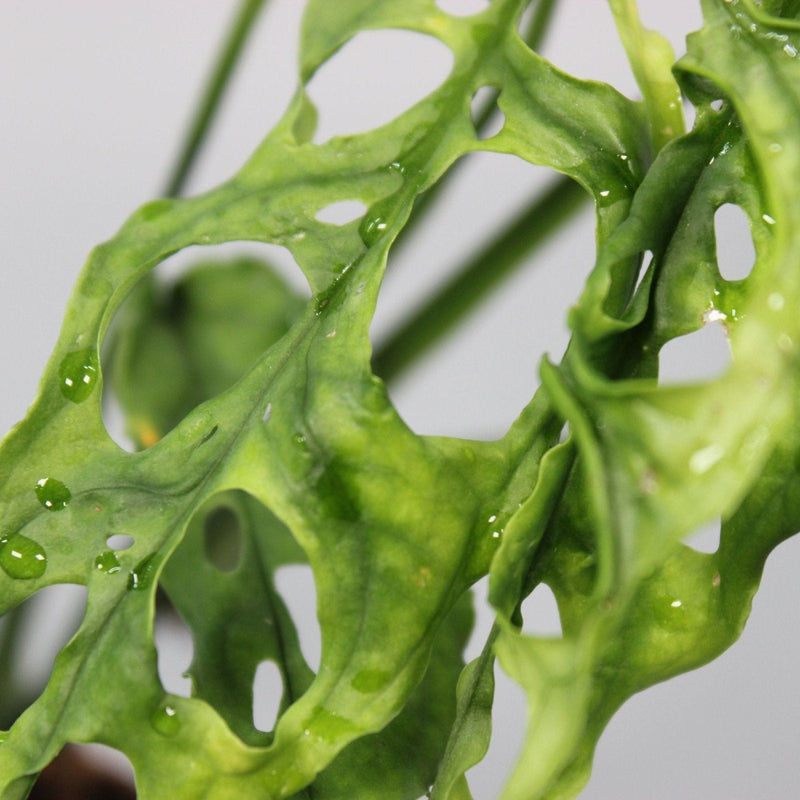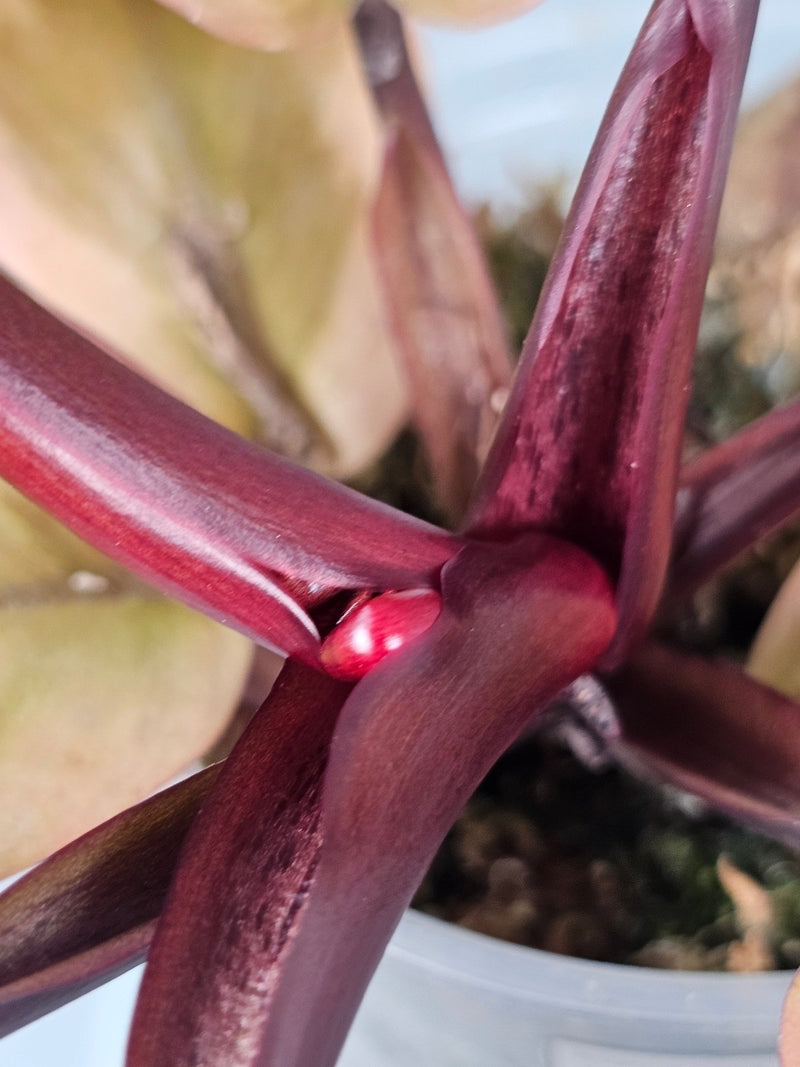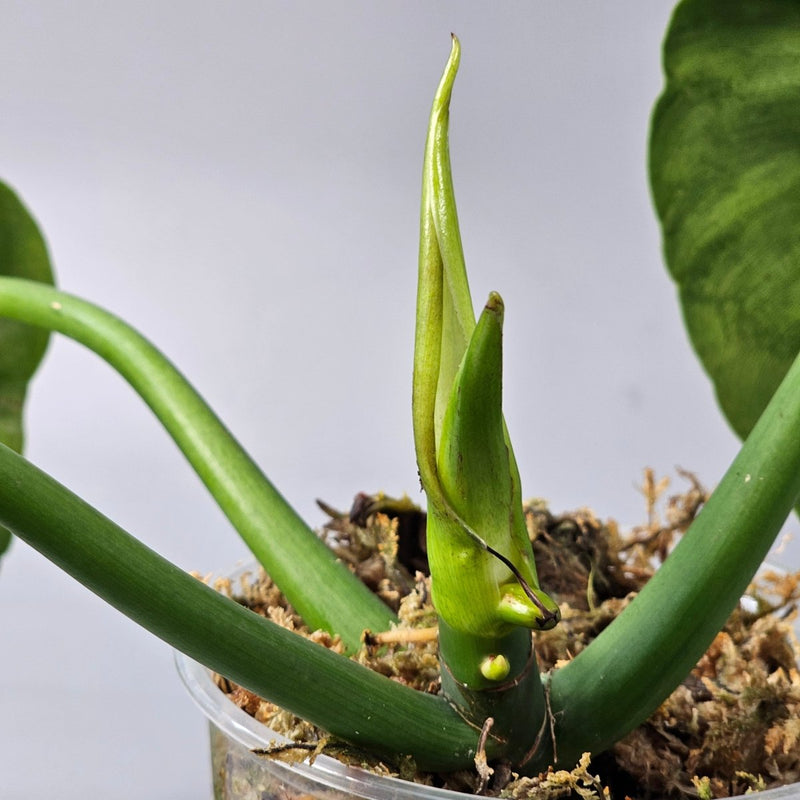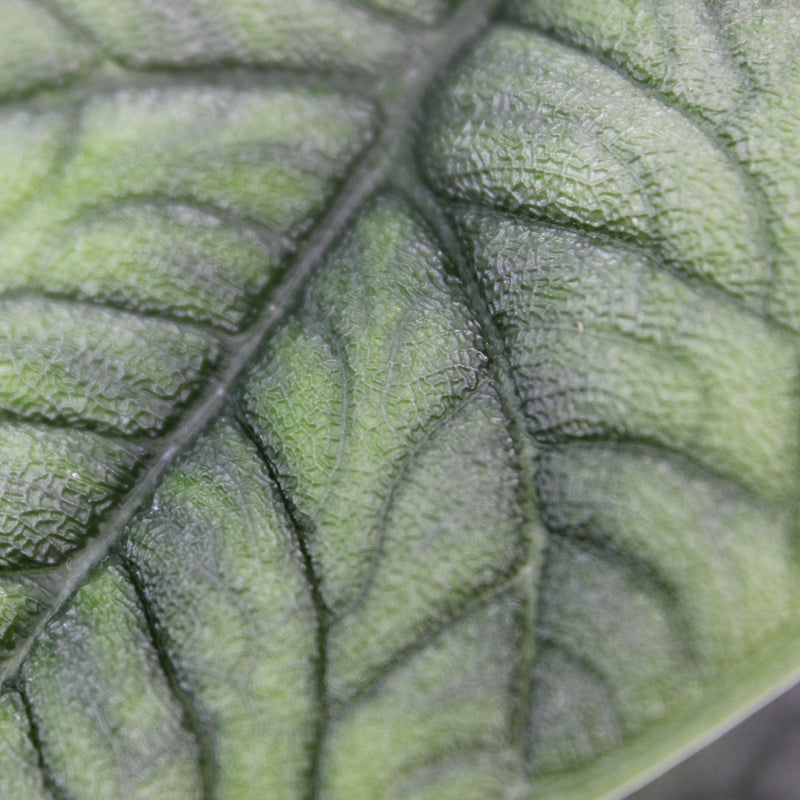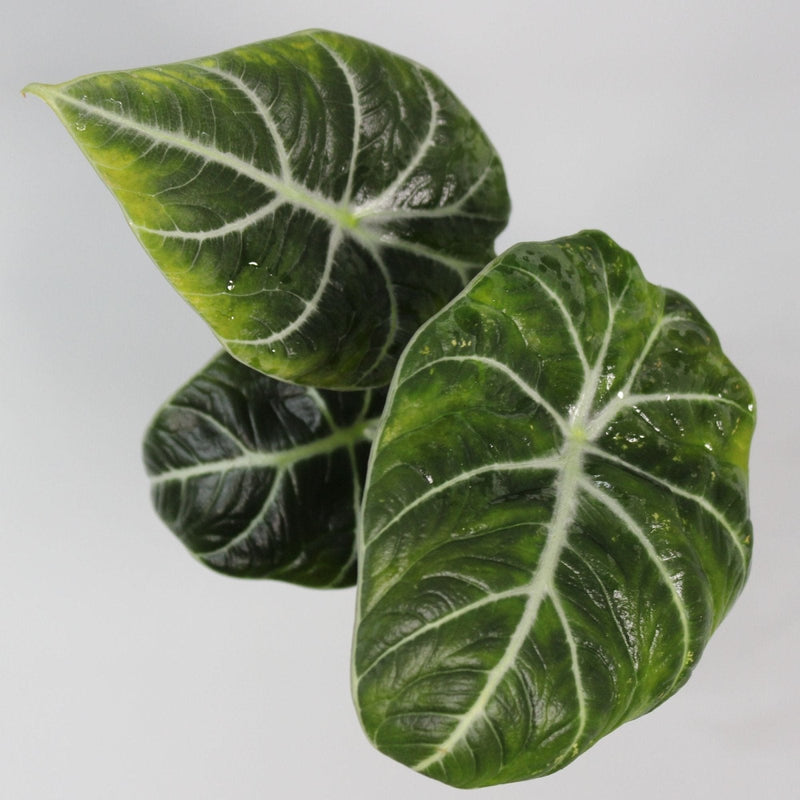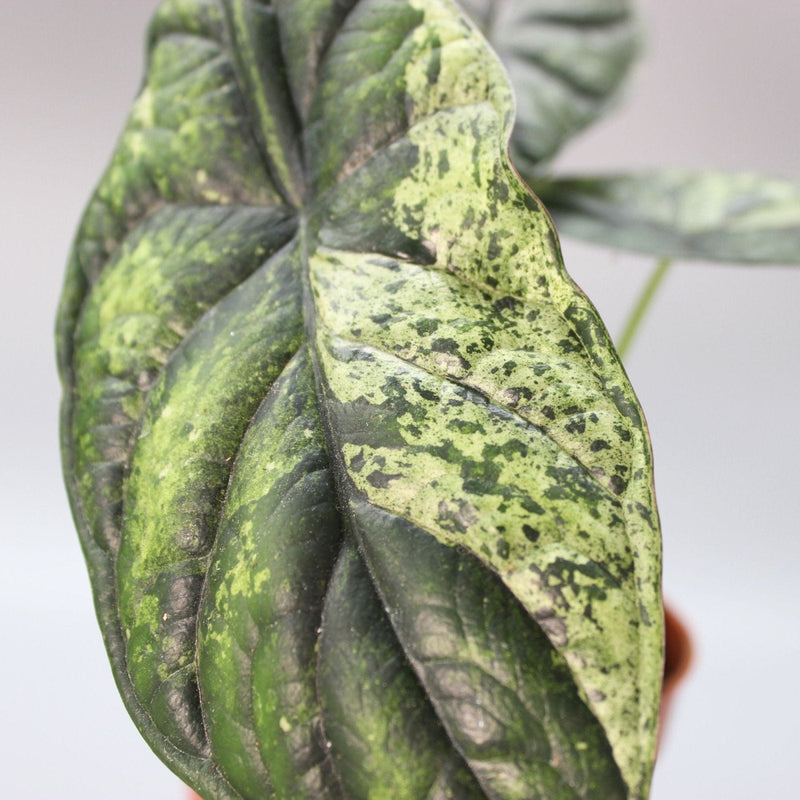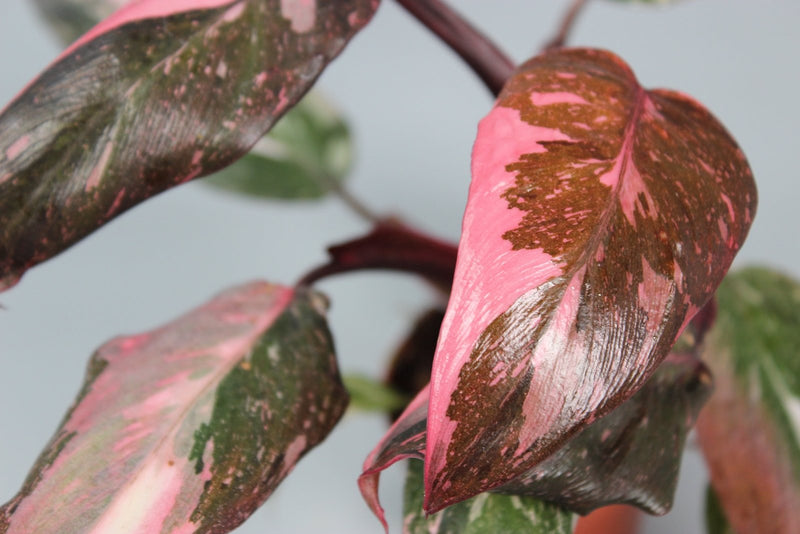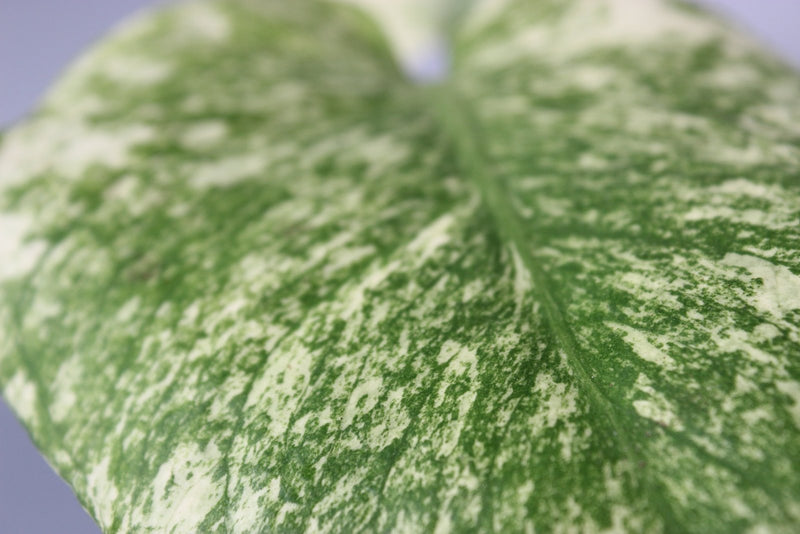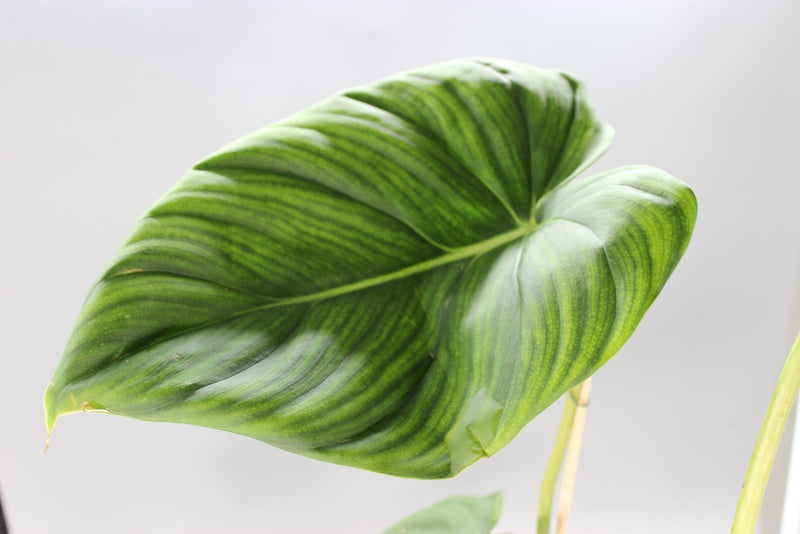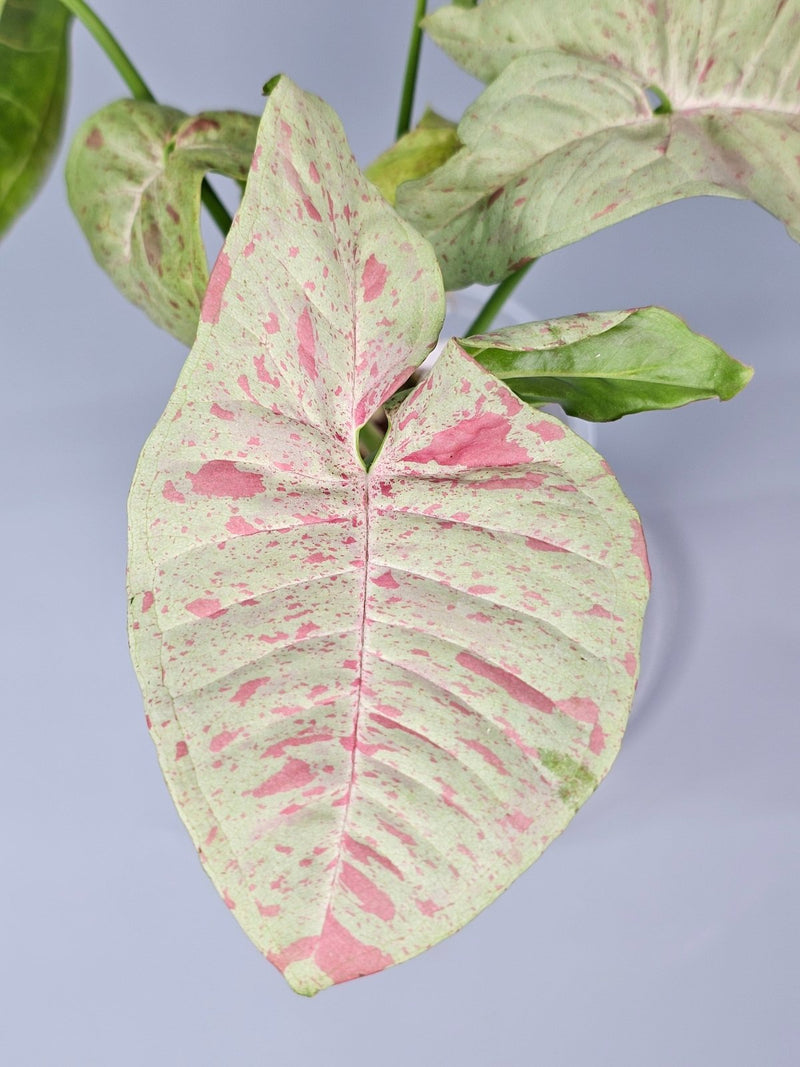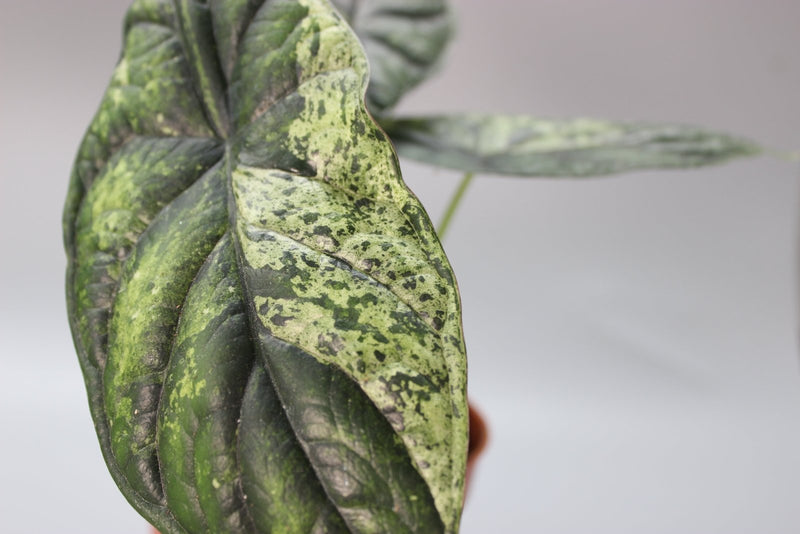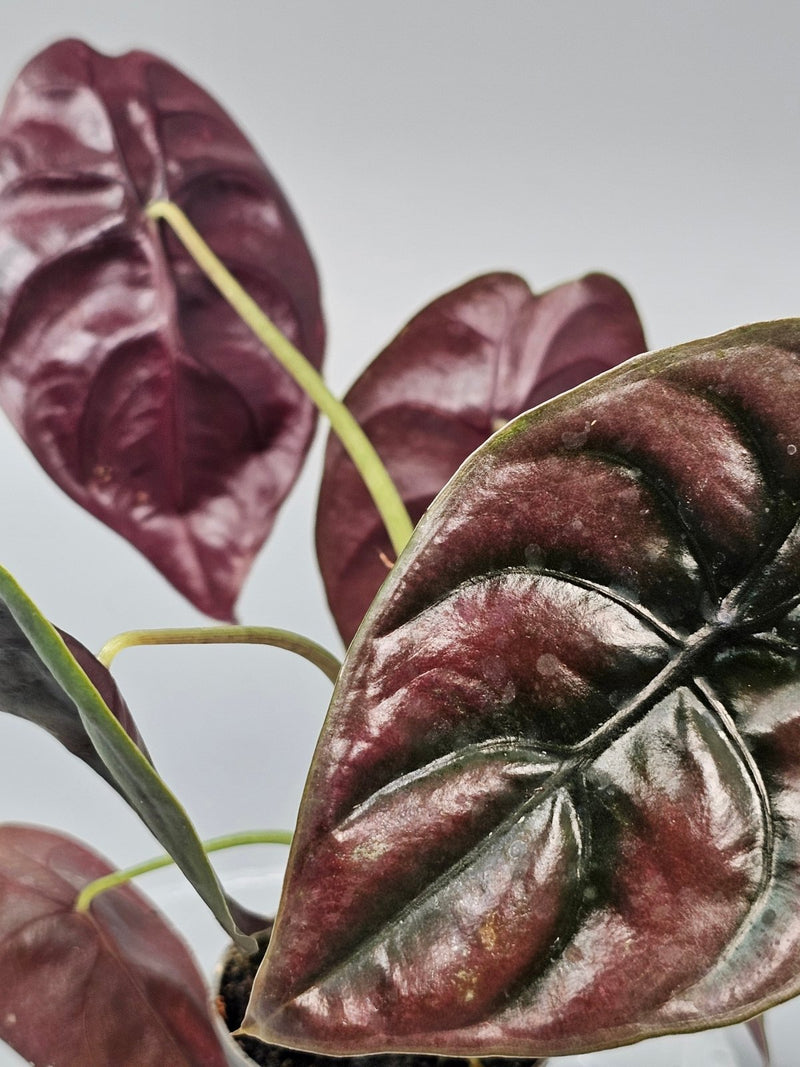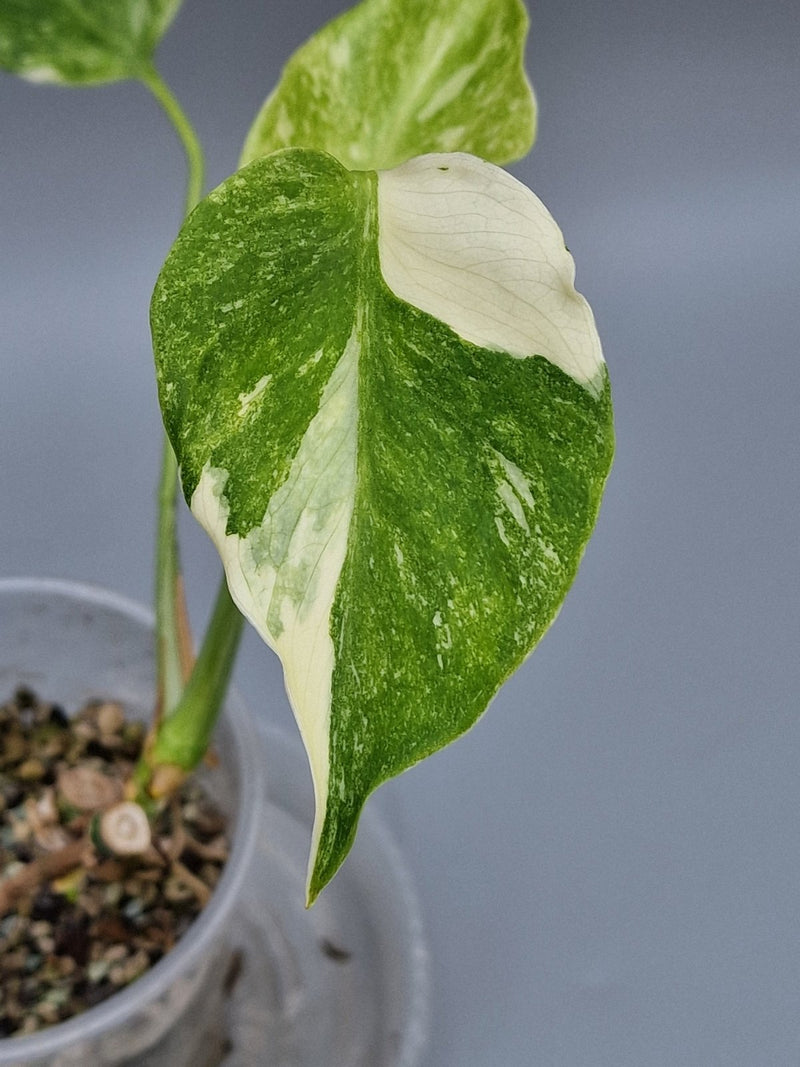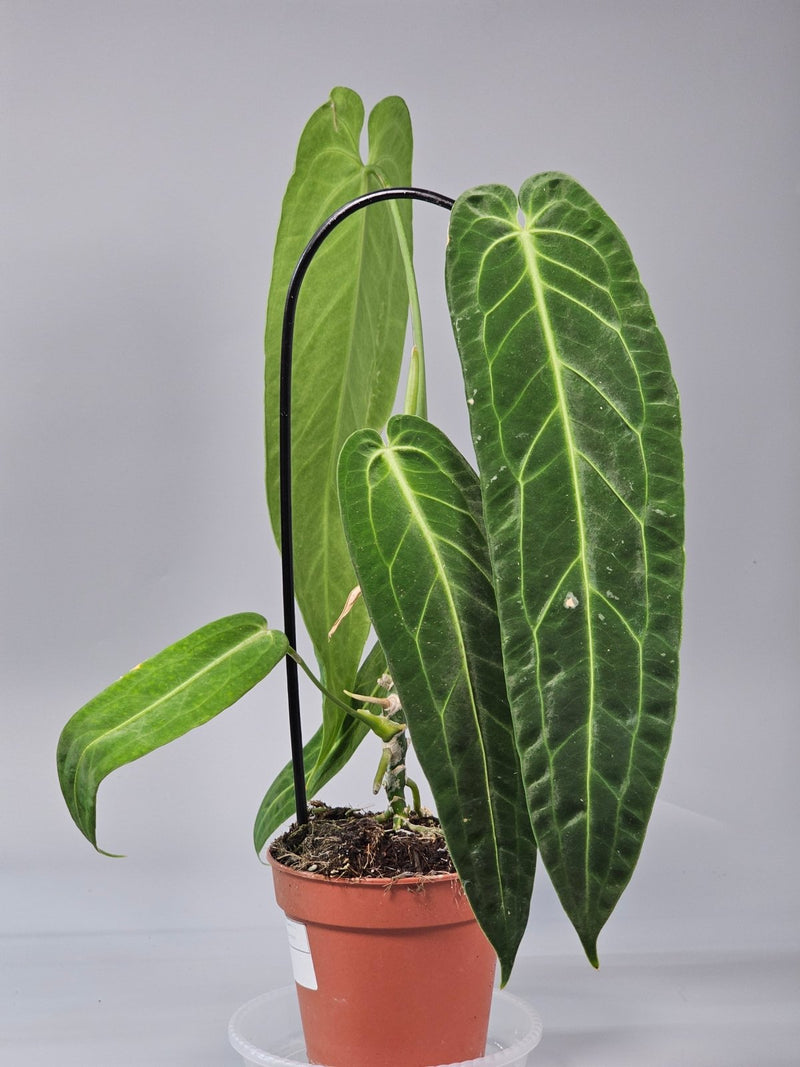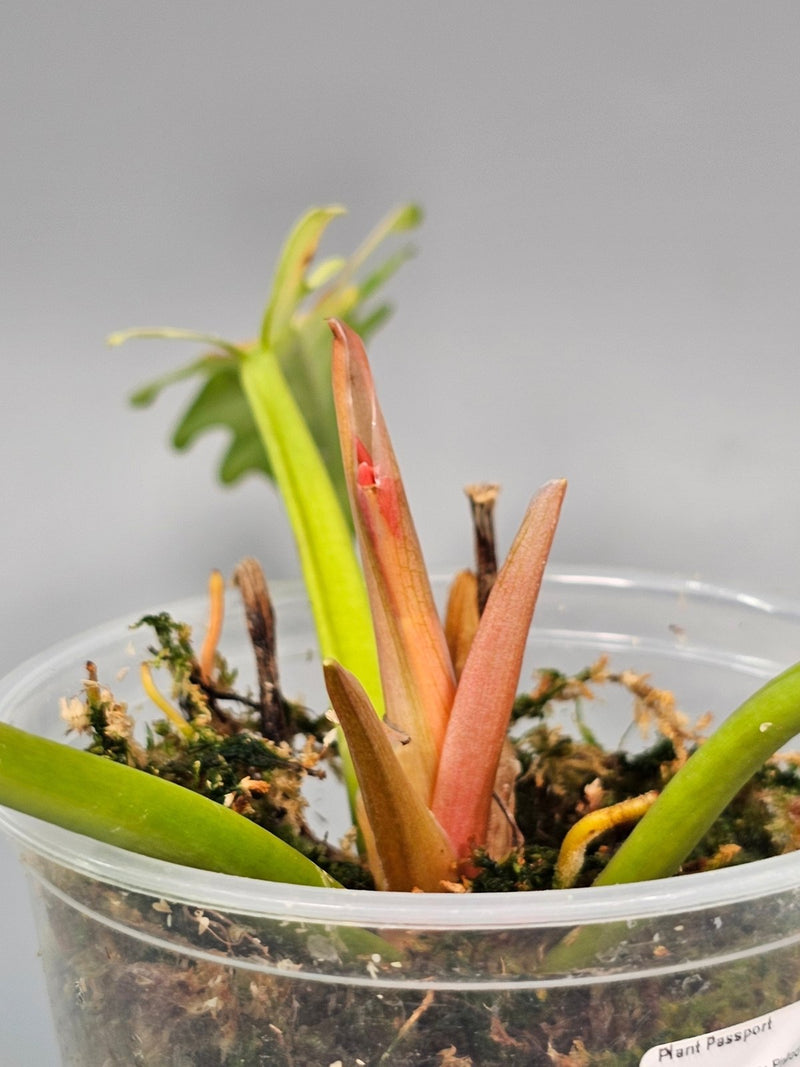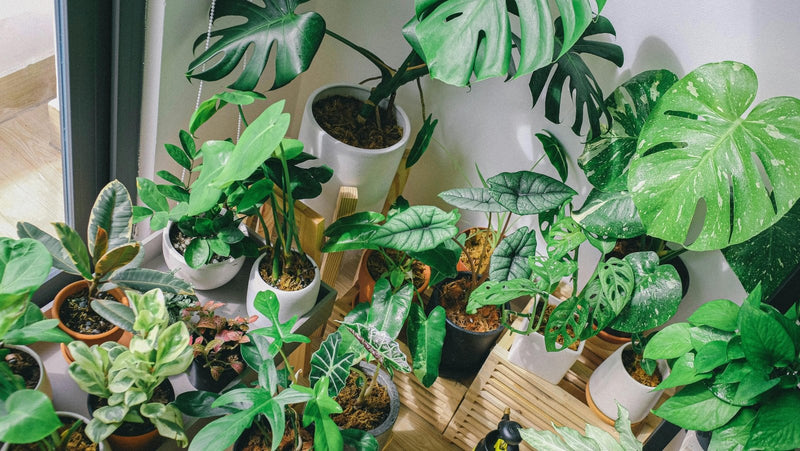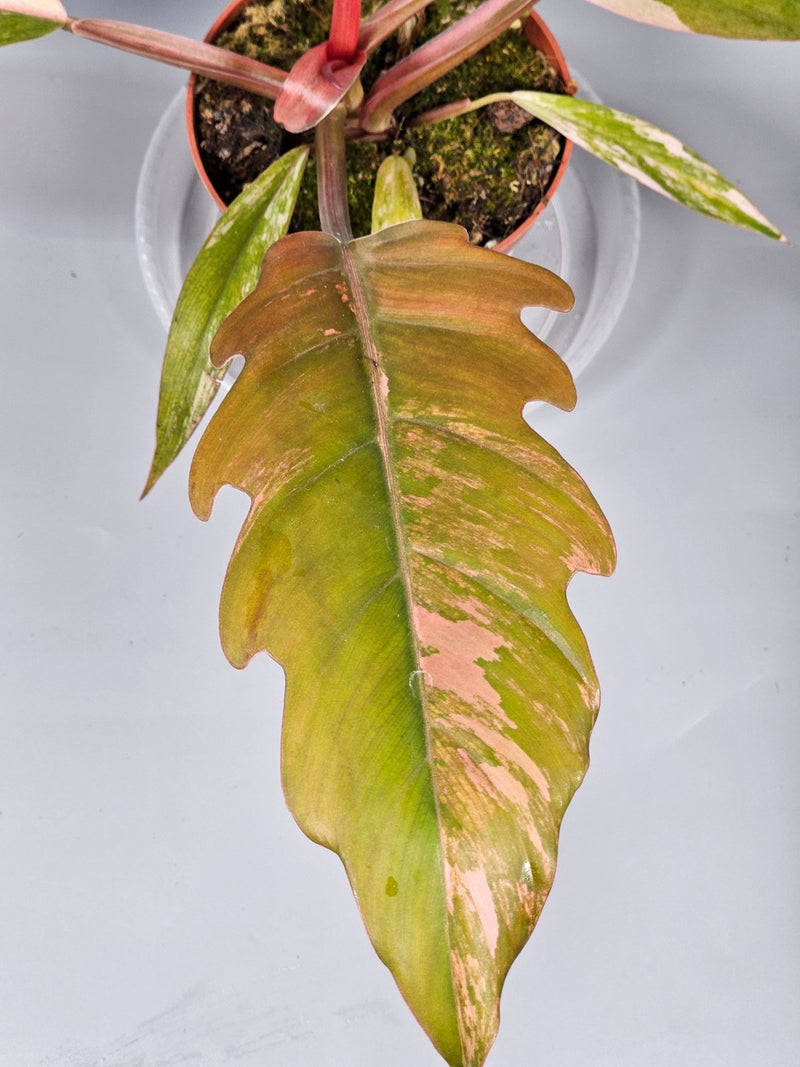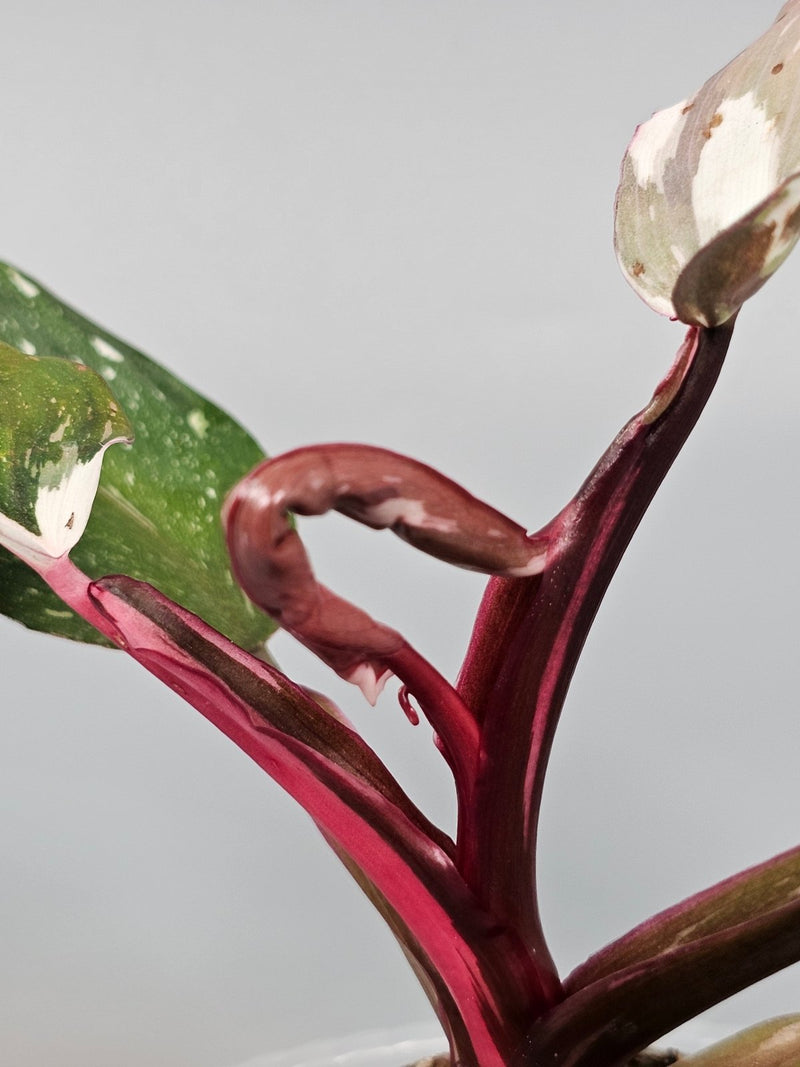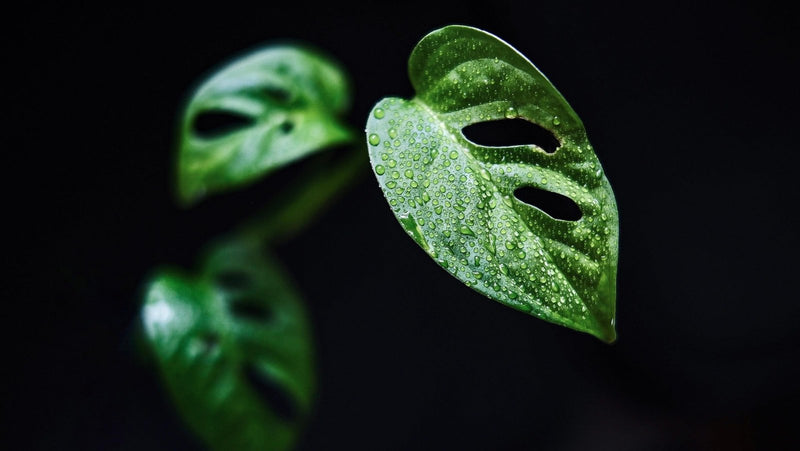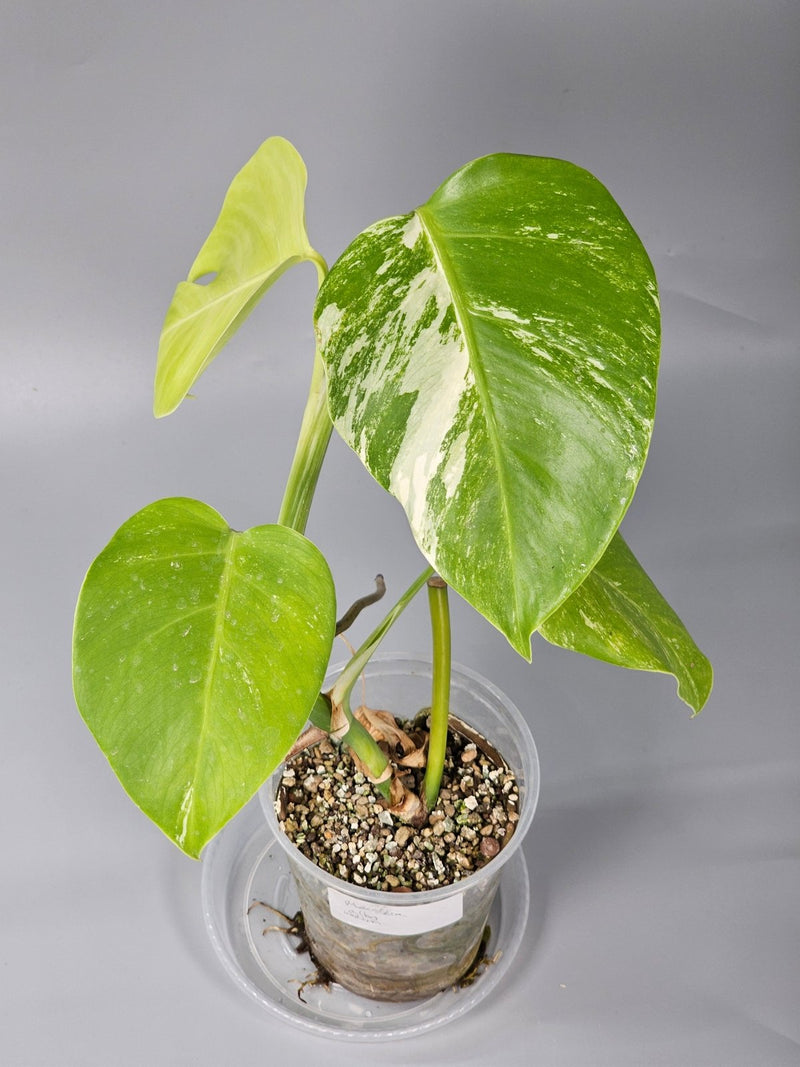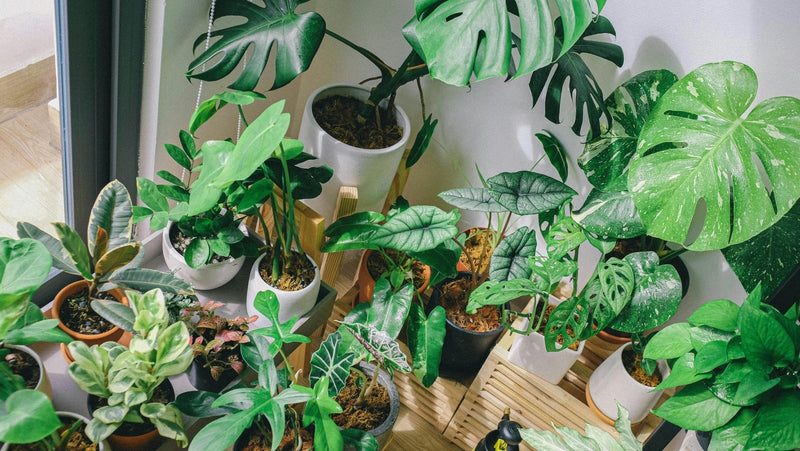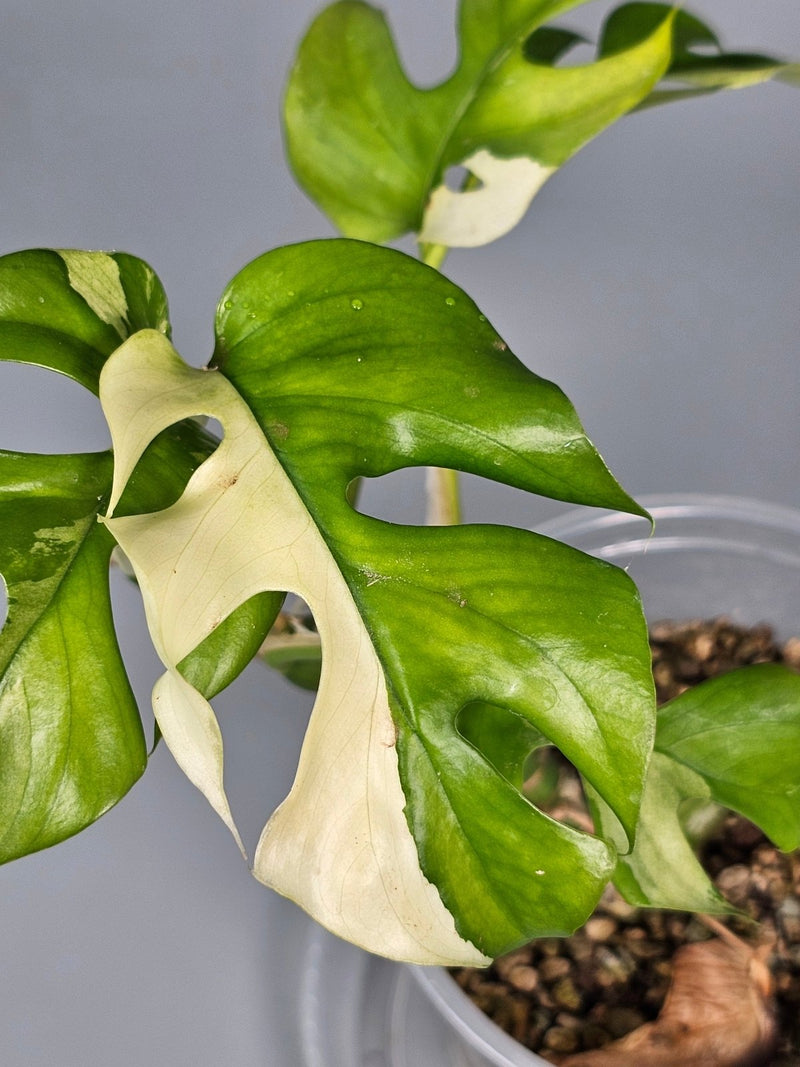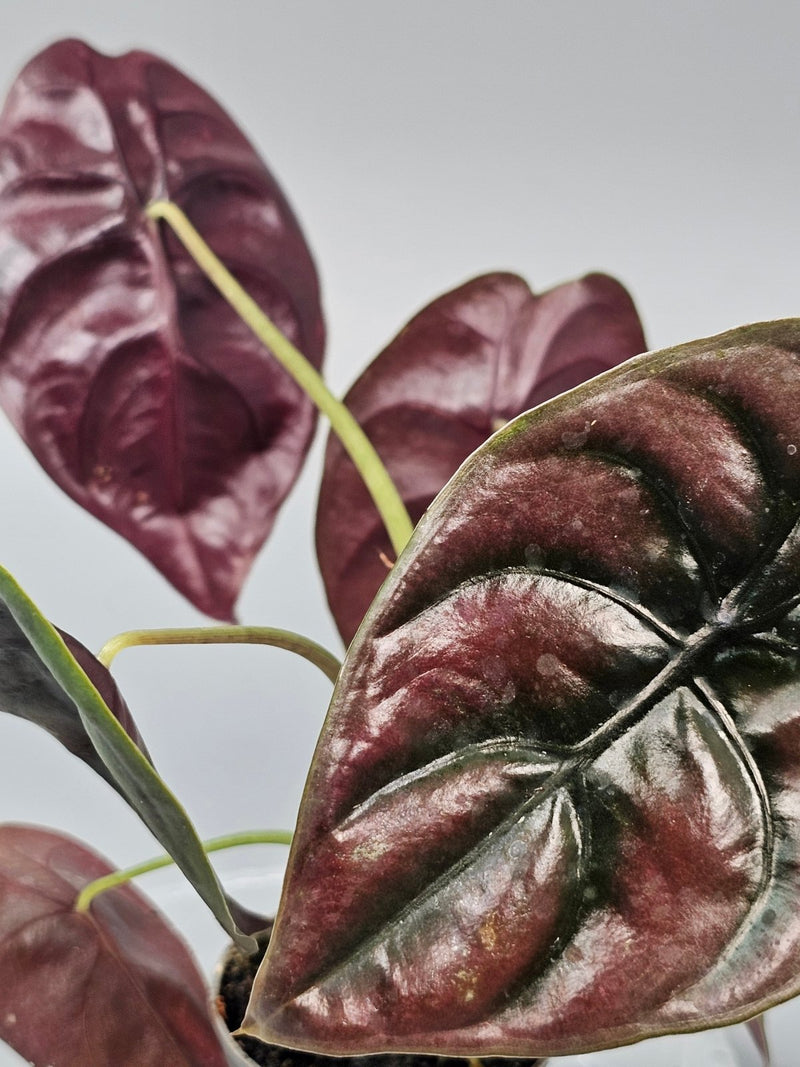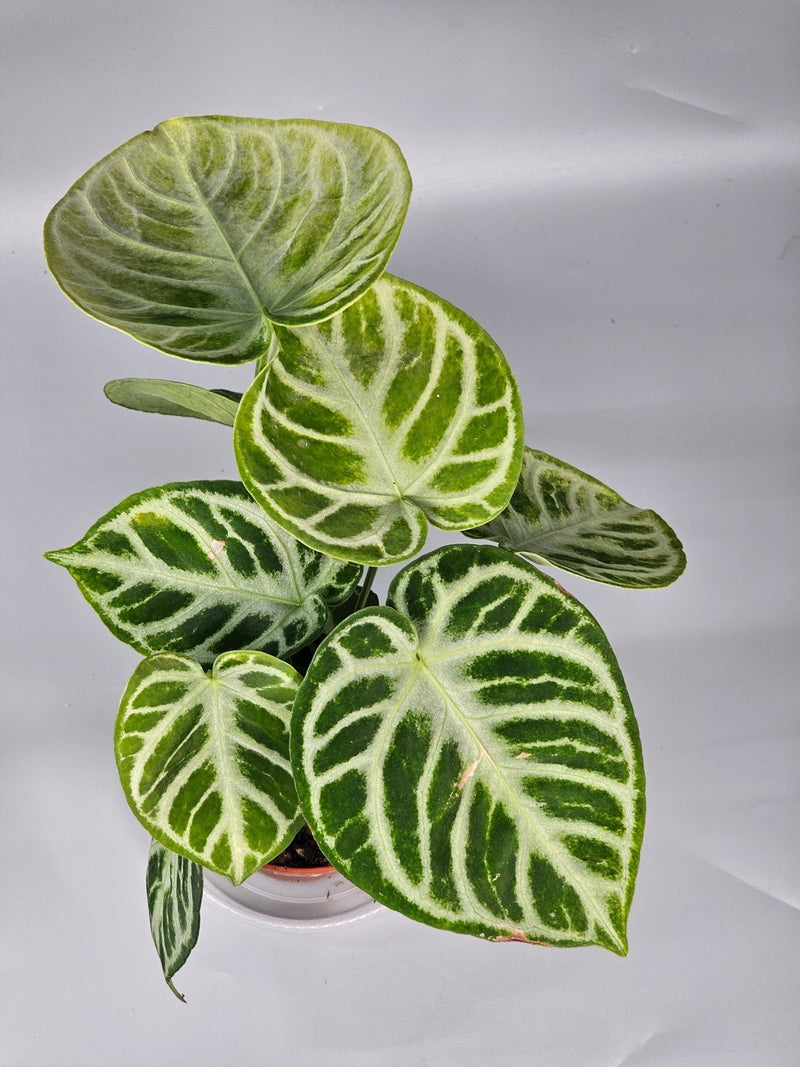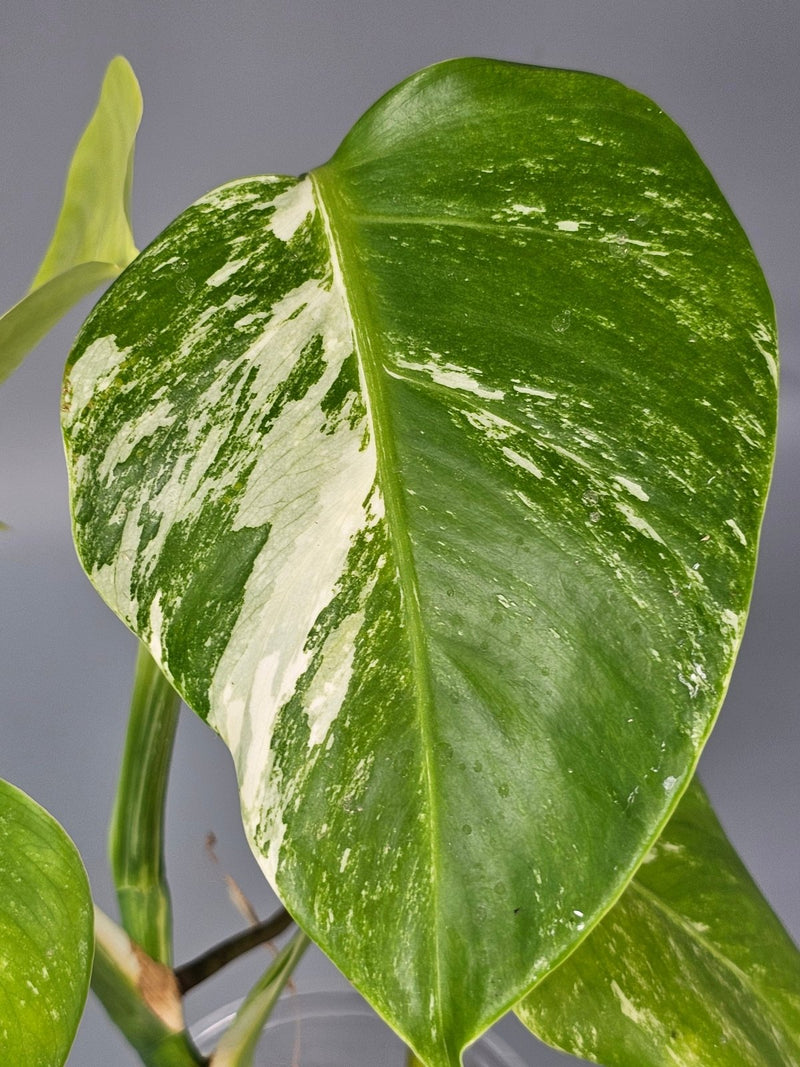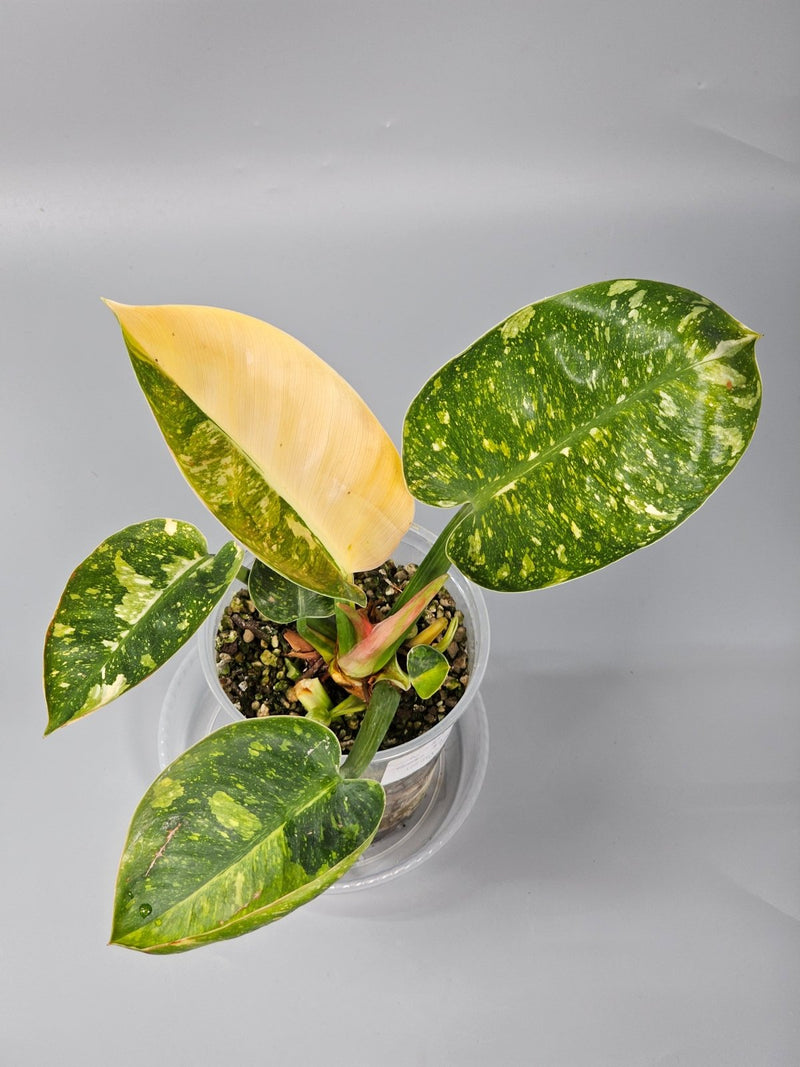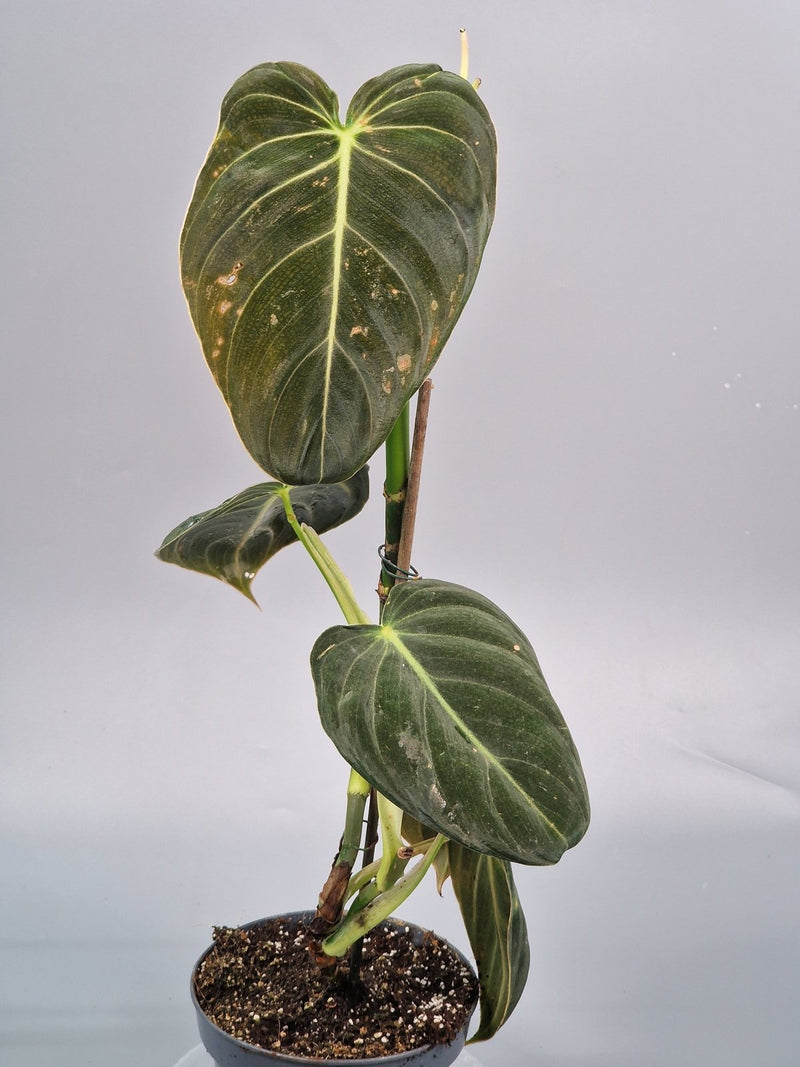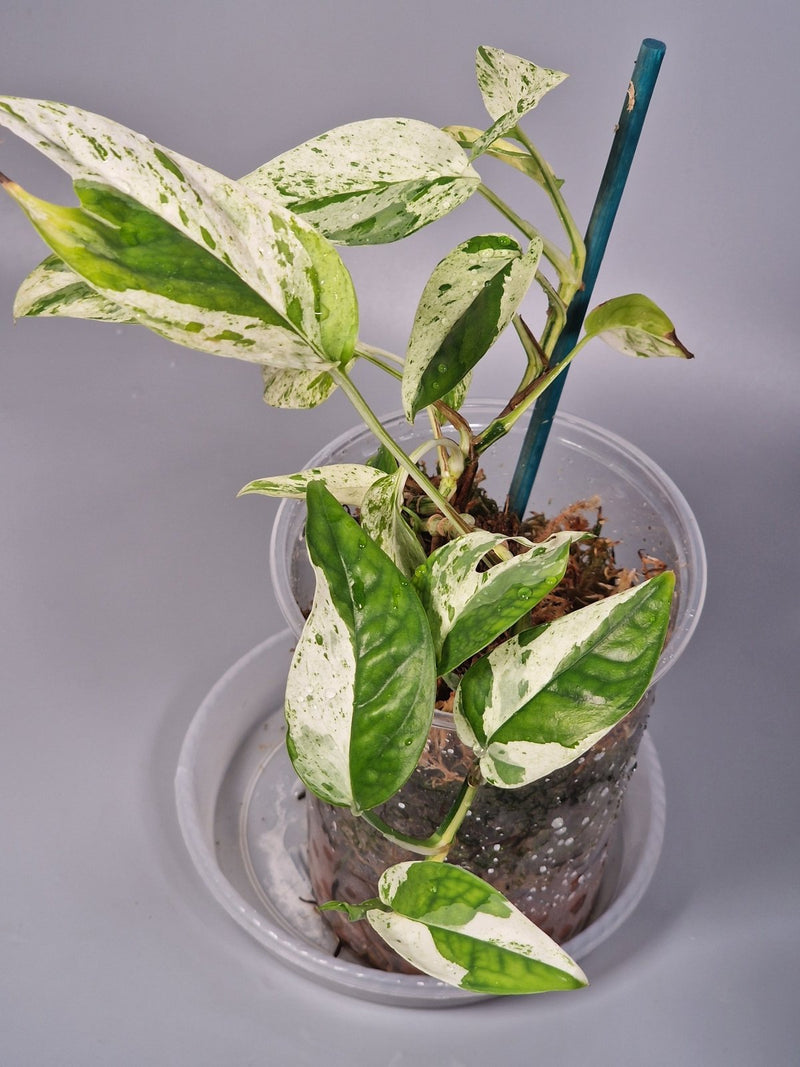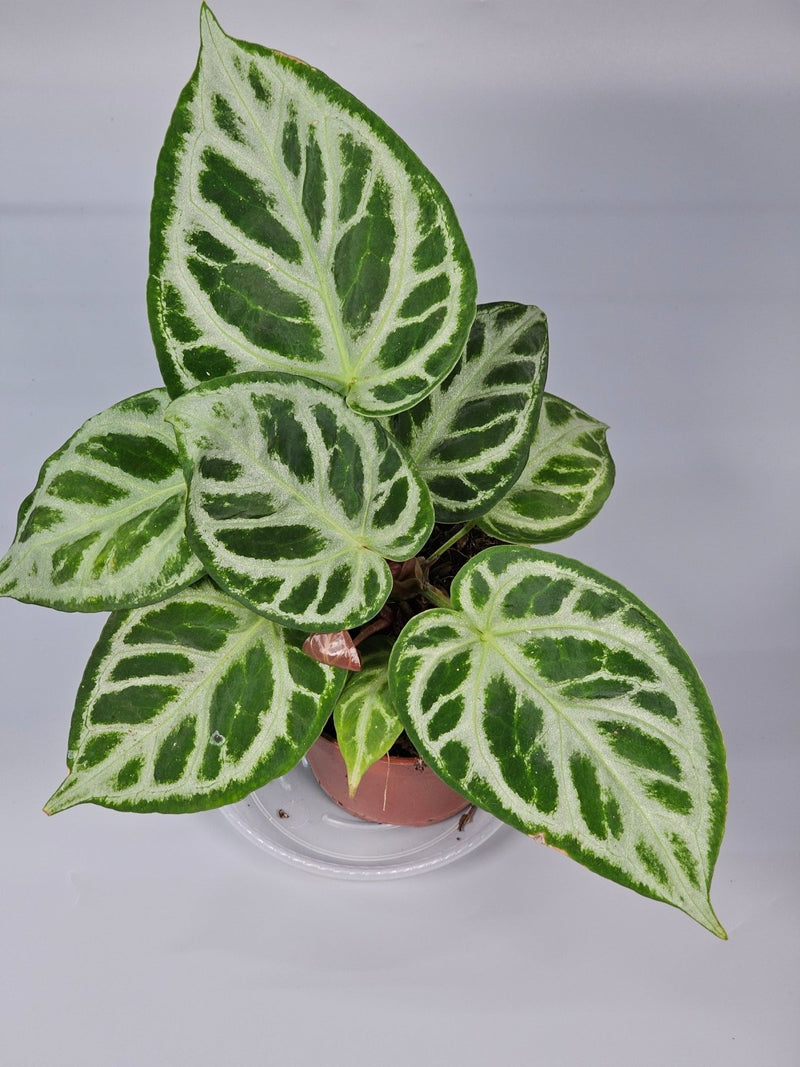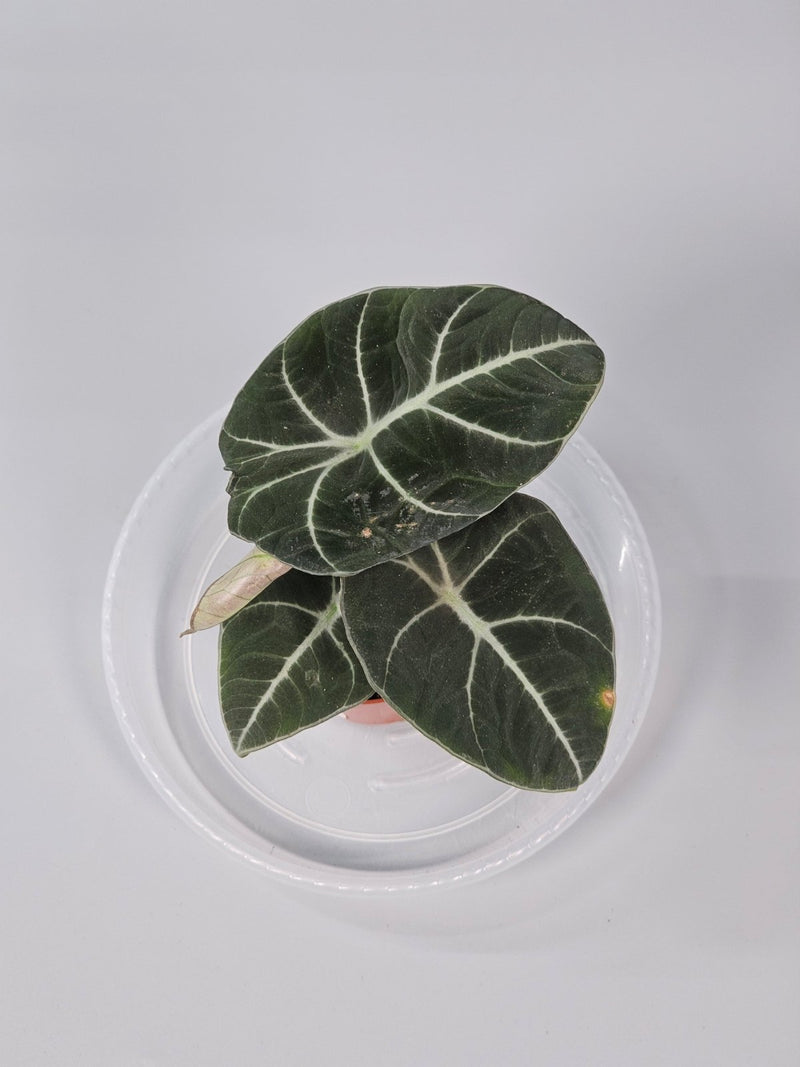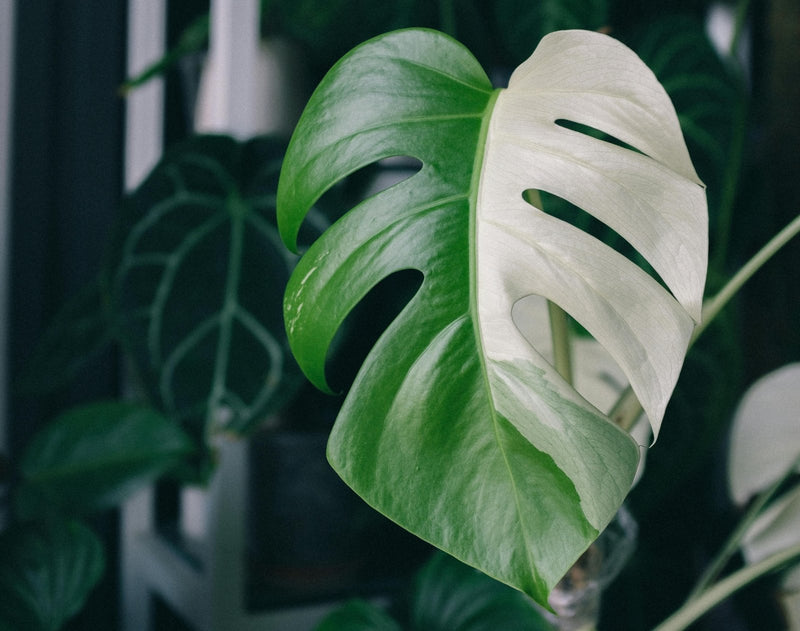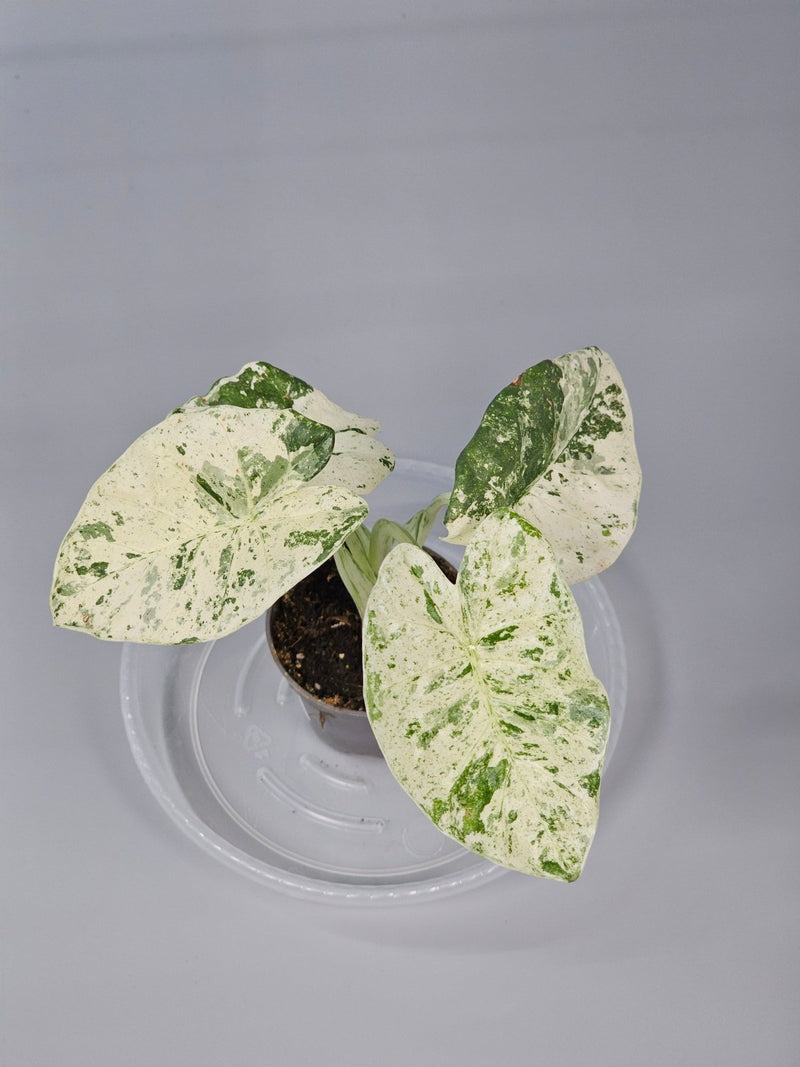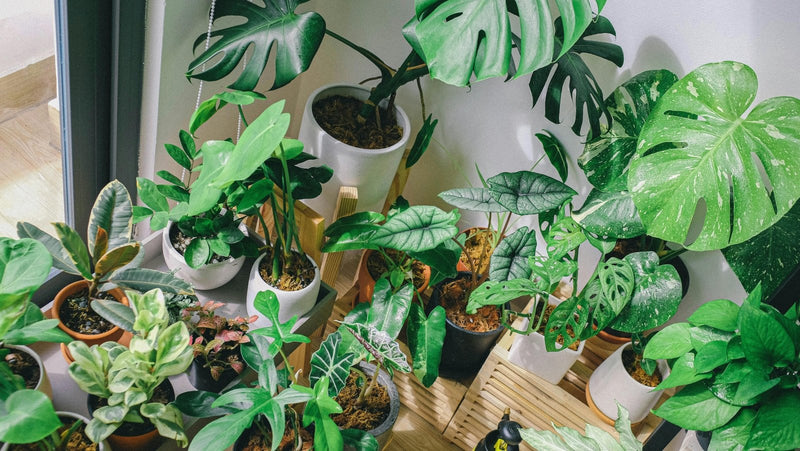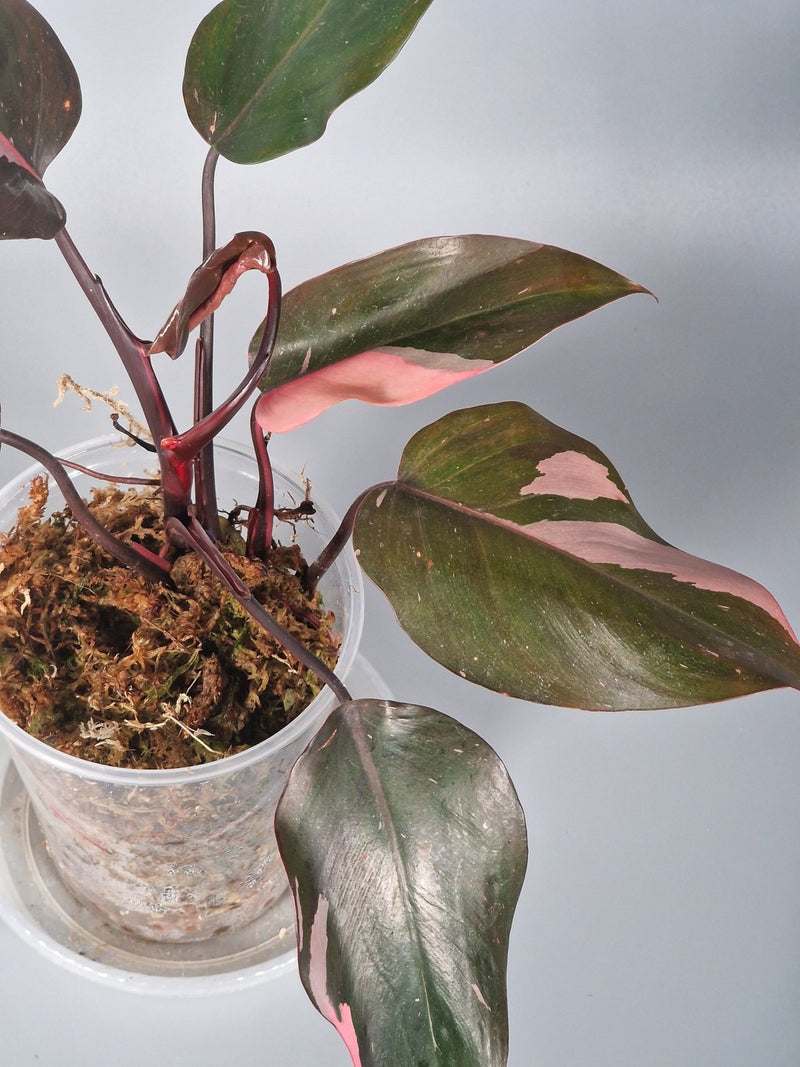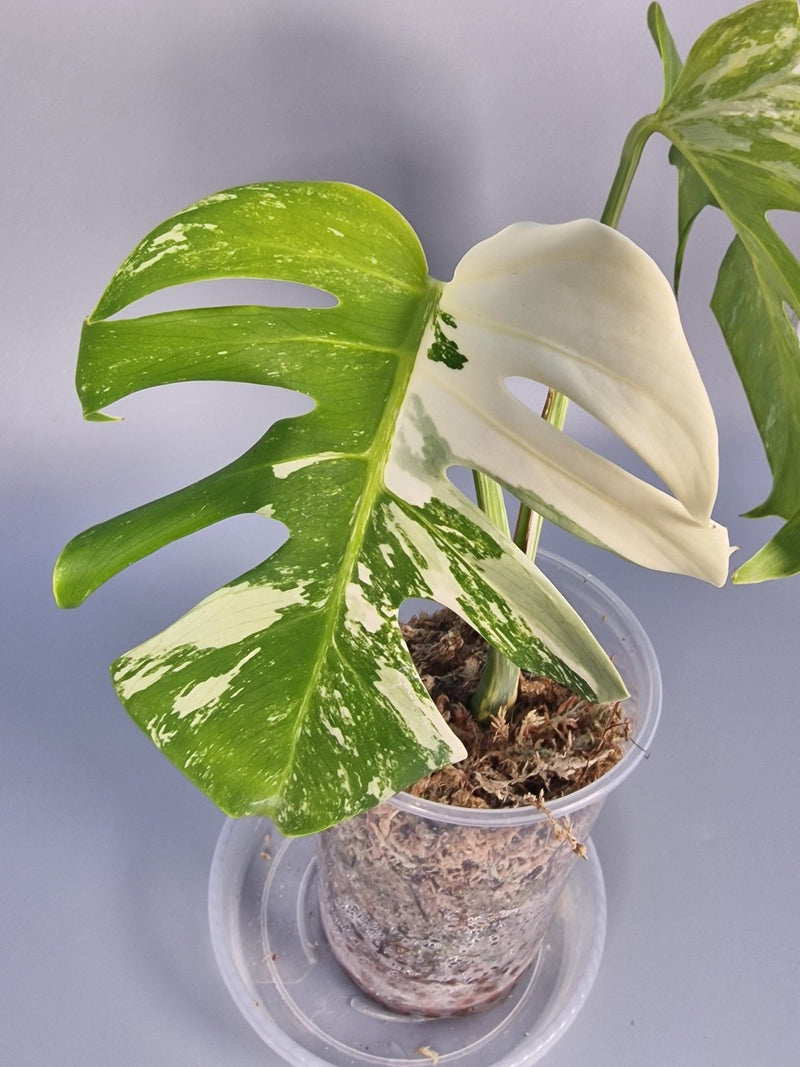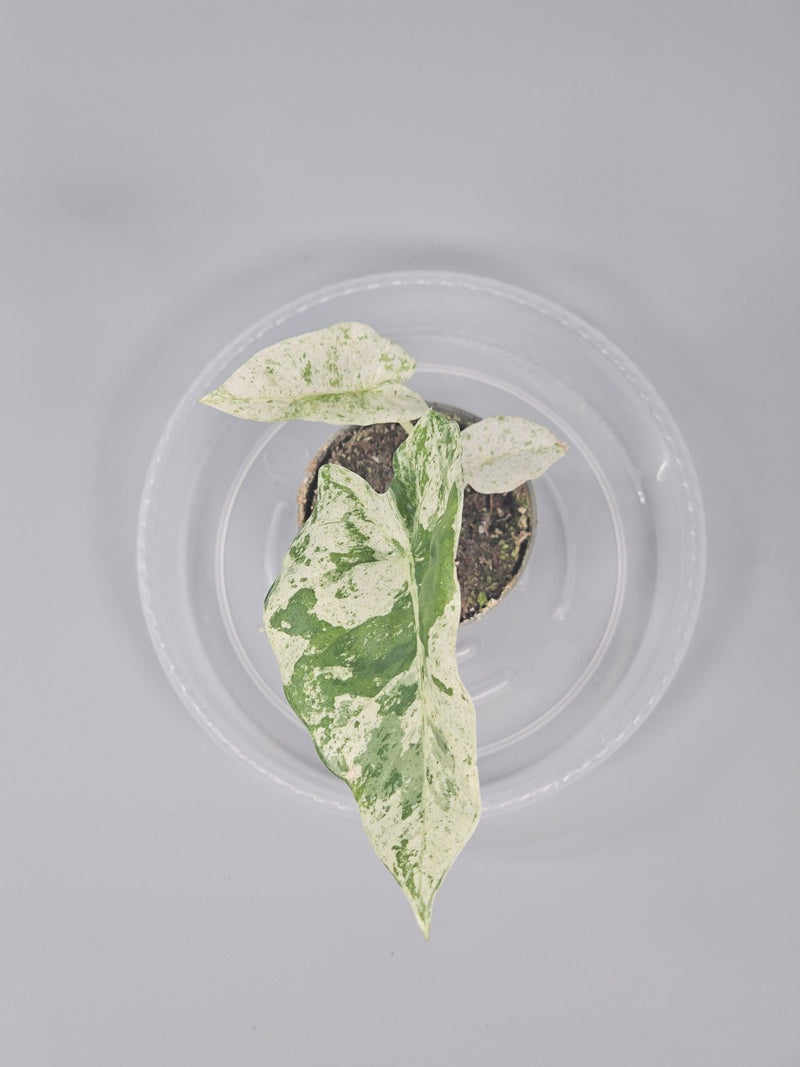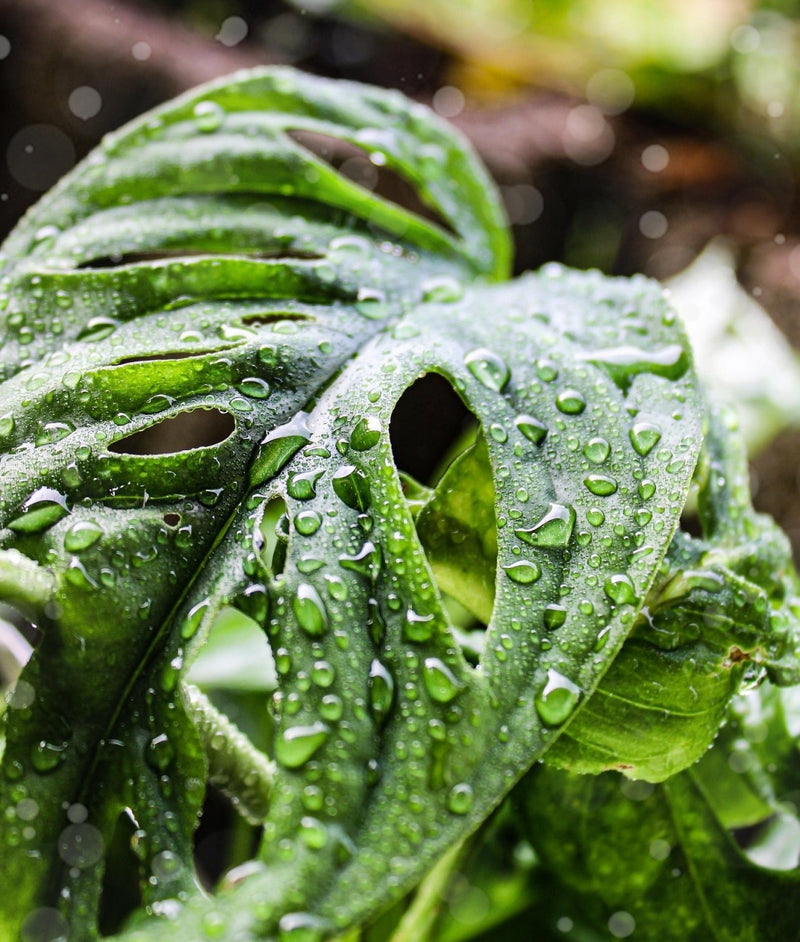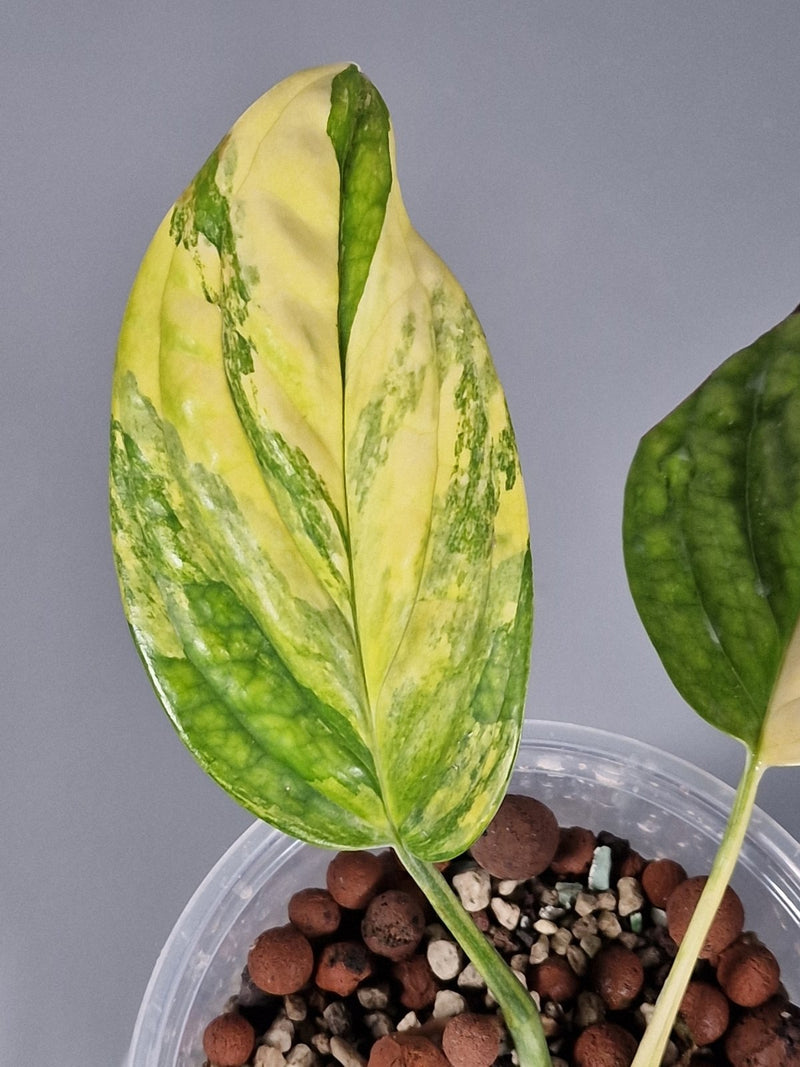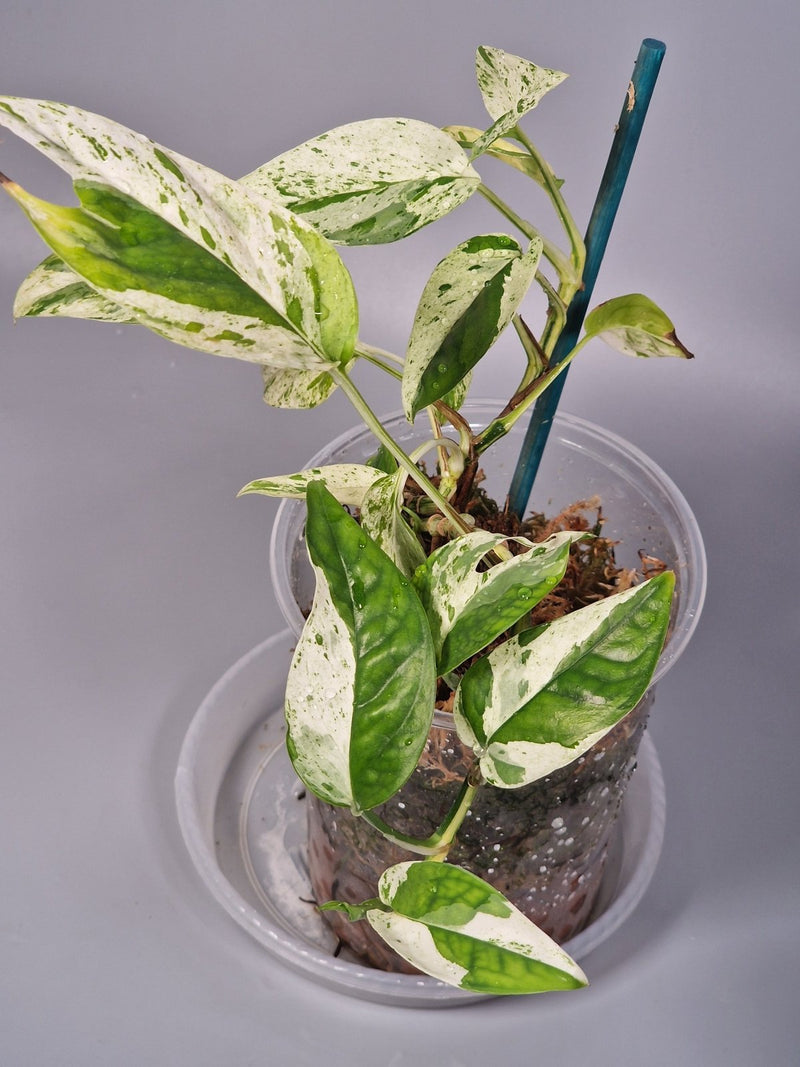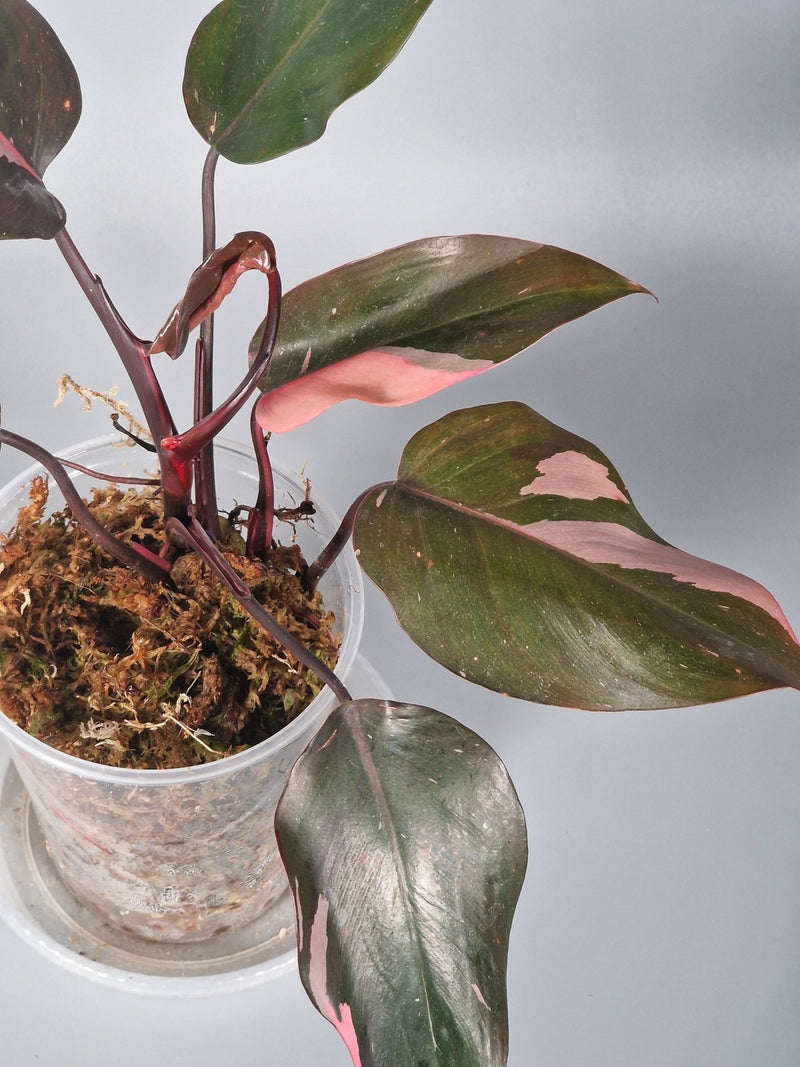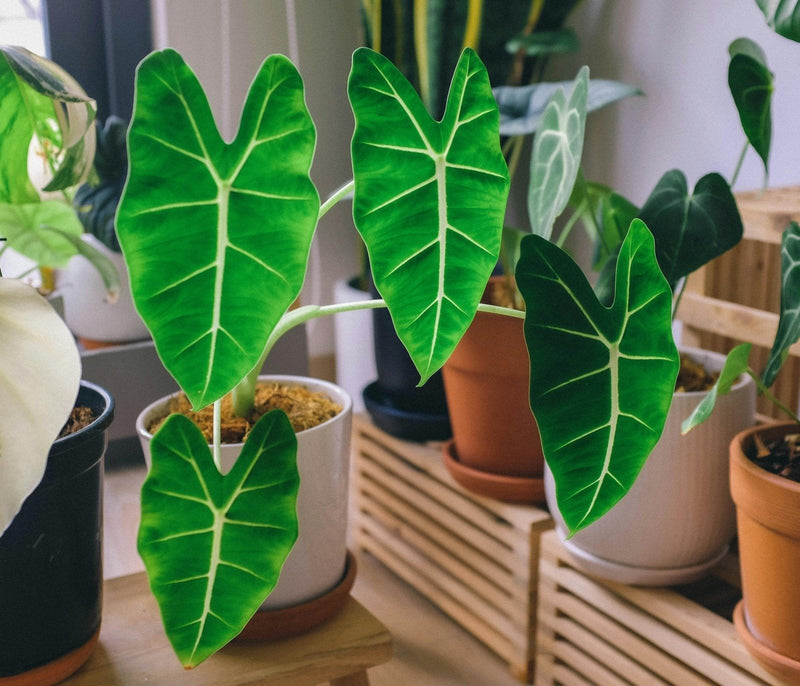How to Take Care of a Syngonium Indoors
Welcome to the wonderful world of Syngonium, a genus of flowering plants that has become a popular choice among indoor plant enthusiasts. Known for its attractive arrow-shaped leaves and easy-care nature, Syngonium is an ideal addition to any indoor plant collection, especially for those who appreciate rare houseplants. In this guide, we'll dive into everything you need to know to keep your Syngonium thriving indoors.
Understanding Your Syngonium
Syngonium, also commonly known as the Arrowhead Plant, is celebrated for its diverse leaf variegations and colourations. This plant is not only beautiful but also adaptable, making it perfect for both beginners and seasoned plant lovers.
Optimal Growing Conditions
To ensure your Syngonium thrives, it's crucial to mimic its natural tropical environment as closely as possible.
- Light: Syngonium prefers bright, indirect light. Too much direct sunlight can scorch its leaves, while too little light can cause it to lose its vibrant colours.
- Temperature: Keep your plant in a warm environment, ideally between 18°C to 24°C. Avoid placing it near draughty windows or doors during the colder months.
- Humidity: Being a tropical plant, Syngonium thrives in high humidity. Consider using a humidifier or placing a water tray near the plant to increase moisture levels.
Watering and Feeding
Proper watering is key to the health of your Syngonium.
- Watering: Water your Syngonium when the top inch of soil feels dry to the touch. Ensure the pot has good drainage to prevent root rot.
- Feeding: Feed your Syngonium with a balanced, water-soluble fertilizer every month during the growing season (spring and summer). Reduce feeding in the autumn and winter when growth slows.
Pruning and Maintenance
Regular pruning helps maintain the shape of your Syngonium and encourages fuller growth.
- Prune back any leggy stems to promote bushier growth.
- Remove any yellowing or dead leaves to keep your plant healthy and attractive.
Potting and Repotting
Choose the right soil and pot to ensure the health of your Syngonium:
- Soil: Use a well-draining potting mix designed for indoor plants.
- Pot: Select a pot with drainage holes to avoid water accumulation. Repot your Syngonium every 2-3 years to refresh the soil and encourage growth.
Common Issues and Solutions
While generally low-maintenance, Syngonium can encounter some common issues.
FAQ: Why are the leaves of my Syngonium turning yellow?
This could be due to overwatering, poor drainage, or low light conditions. Adjust your watering schedule, ensure good drainage, and move your plant to a brighter location.
FAQ: How do I increase humidity for my indoor Syngonium?
Use a humidifier, place a water tray near the plant, or group it with other houseplants to create a microenvironment with higher humidity.
Styling with Syngonium
Syngonium plants are versatile and can be used in various indoor settings:
- Place them on shelves or in hanging baskets to enjoy their trailing vines.
- Use them as tabletop plants for a pop of green in your living space or office.
For more inspiration on incorporating Syngonium and other rare houseplants into your home decor, check our full collection.
Discover More
If you're keen to expand your collection of Syngonium or explore other rare houseplants, visit our collections for a wide range of options. Also, consider reading our comprehensive guides on other popular houseplants, such as Monstera care and Philodendron propagation.
Happy planting!


